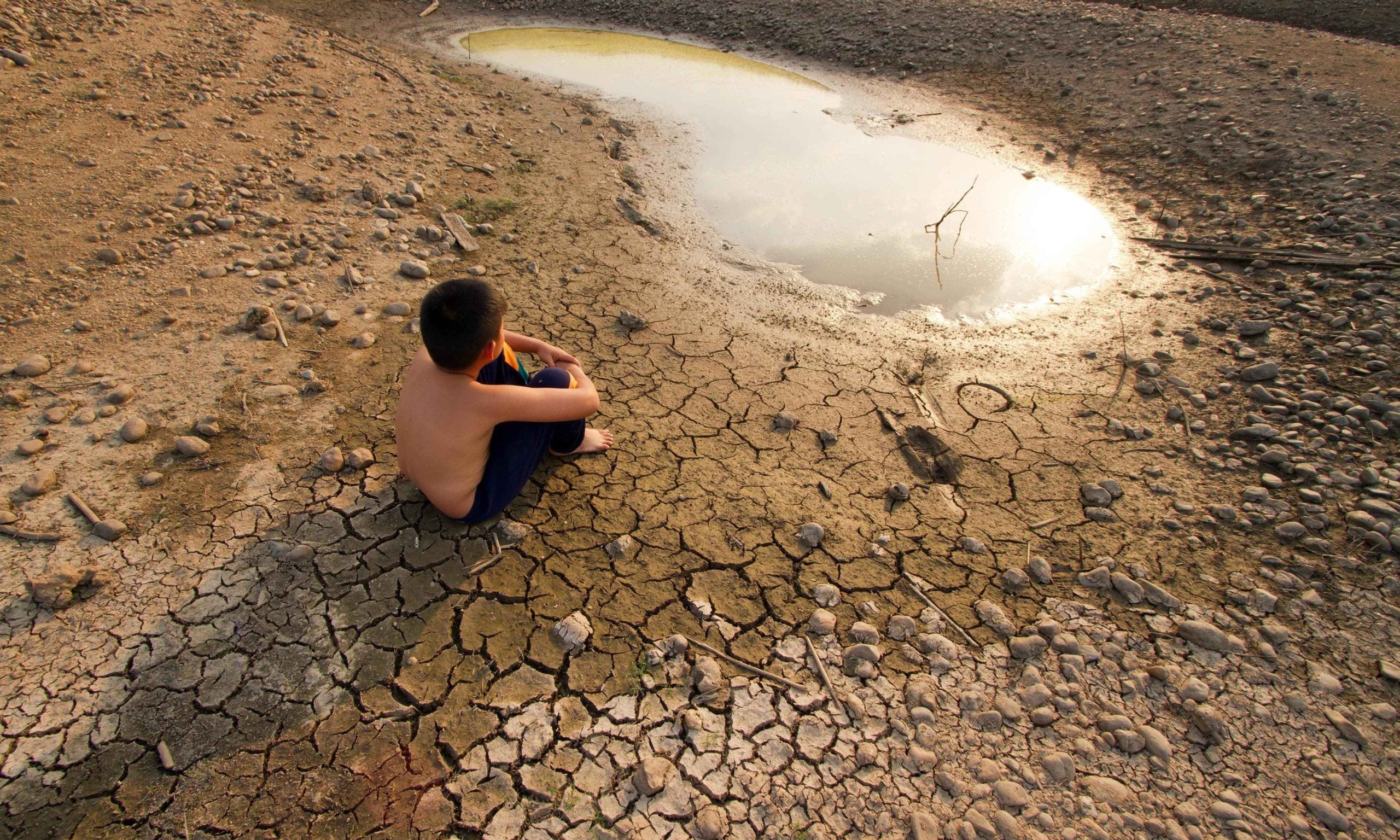A Climate Crisis Rooted in Inequality and Governance
Pakistan’s climate crisis is more than an environmental issue; it is a reflection of historical neglect, systemic inequality, and selective state-building. As climate events become more frequent and severe, it becomes evident that not all communities are equally affected. Each flood, drought, or heatwave reveals a deeper narrative of uneven development, institutional absence, and policy choices that have left millions vulnerable. From the early days of the state, development priorities favored elite urban expansion over rural resilience. Infrastructure, education, and healthcare were concentrated in privileged zones, while rural and informal urban areas remained excluded from planning and investment.
Informal settlements, which now house the majority of the urban poor, lack basic services such as drainage, healthcare, public transport, and sanitation. When climate disasters strike, these areas are the first to collapse and the last to be rebuilt. This makes the climate crisis in Pakistan a crisis of governance, not of state absence but of selective presence. Political attention and funding often flow to visible, vote-rich constituencies, while marginalized communities, especially those in fragile ecological zones, receive minimal support beyond temporary disaster relief. This unequal exposure to risk defines climate injustice, where those least responsible for global warming suffer the most devastating consequences with limited resources to adapt.
Women and the Gendered Impact of Climate Change
Among the most affected by this inequality are women, particularly in rural areas. They bear the brunt of environmental degradation through tasks like fetching water, managing crops, and caring for families. Yet they remain excluded from planning, land ownership, and leadership in climate response. The climate crisis also reflects deeply rooted patriarchal power structures. An ecofeminist perspective is essential here, as it highlights how both women and nature are treated as resources to be exploited rather than as agents with value and rights.
In Pakistan, women’s unpaid labor sustains families in climate-affected areas, just as natural resources sustain the economy. However, neither is protected or valued by policy. Addressing environmental collapse without acknowledging gendered inequality in ownership, voice, and survival strategies risks reinforcing the hierarchies that make communities vulnerable.
Education and the Role of Youth
Education represents another neglected front in the climate crisis. Heatwaves, floods, and smog frequently disrupt schooling, yet curricula remain outdated, lacking climate literacy, disaster preparedness, or sustainability awareness. Young people grow up amid ecological collapse without the knowledge or tools to understand or confront it. While Pakistan has made rhetorical commitments on international platforms, domestic policy remains disconnected from the scale of the problem.
The 18th Amendment, intended to devolve power to provinces, has failed to empower local governments, which remain politically weakened and financially under-resourced. Climate adaptation, which is inherently local, cannot be managed through central planning alone. Municipal governments, if empowered, are best positioned to understand terrain, engage communities, and coordinate disaster response. However, political structures and fiscal priorities have left them ineffective.
International Challenges and Local Potential
At the international level, Pakistan occupies a contradictory position. It is one of the most climate-vulnerable countries globally, yet it struggles to access climate finance due to bureaucratic hurdles, lack of institutional capacity, and donor skepticism about transparency. Developed countries, responsible for the climate crisis through centuries of emissions, resist compensation language and offer limited aid under strict conditions. Much of this funding remains delayed, underspent, or fails to reach the communities it was meant for.
The private sector could play a role in climate innovation and green infrastructure but remains largely disengaged due to regulatory uncertainty, lack of trust, and procedural inefficiency. Local entrepreneurs proposing sustainable solutions find little state support, while foreign investors face constant policy shifts.
Meanwhile, Pakistan’s most powerful untapped asset is its youth. Millions of young people are entering adulthood during a climate emergency, yet they lack the enabling environment for meaningful participation. Innovation ecosystems are underdeveloped, startup funding is limited, and climate-focused training is almost nonexistent. The state continues to prepare youth for conventional jobs rather than equipping them as problem-solvers, entrepreneurs, or climate leaders.
A Path Forward
The path forward begins with acknowledging that climate change is not merely a meteorological threat but a manifestation of climate injustice, intersecting with gender, class, geography, and governance. Addressing it requires empowering local governments, embedding climate awareness across all levels of education, reforming disaster response to include women and frontline communities, and ensuring that climate finance and adaptation are locally led and equitably distributed.
As Pakistan continues to face floods, food insecurity, displacement, and ecological decline, the question is no longer whether the crisis is real but whether we are prepared to confront the political choices that made us so vulnerable in the first place.







